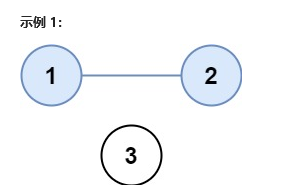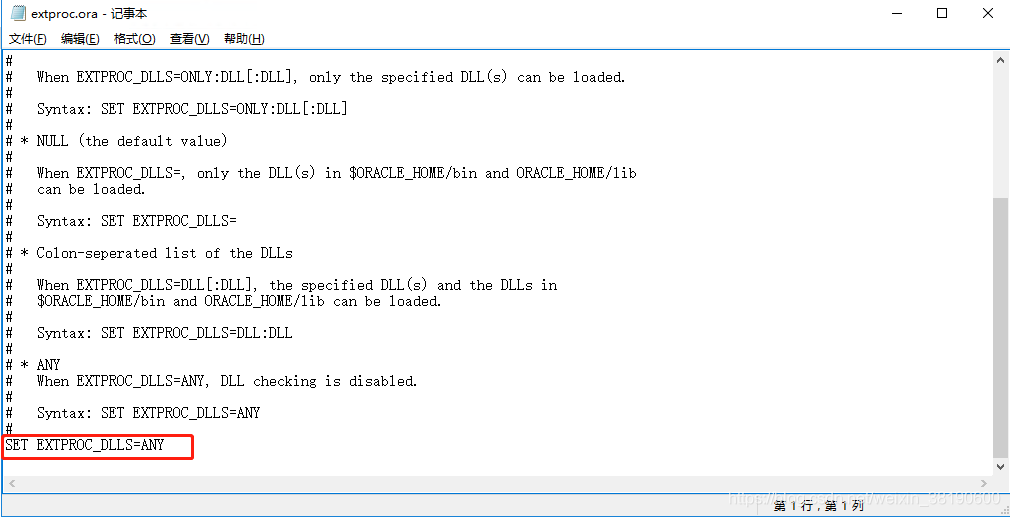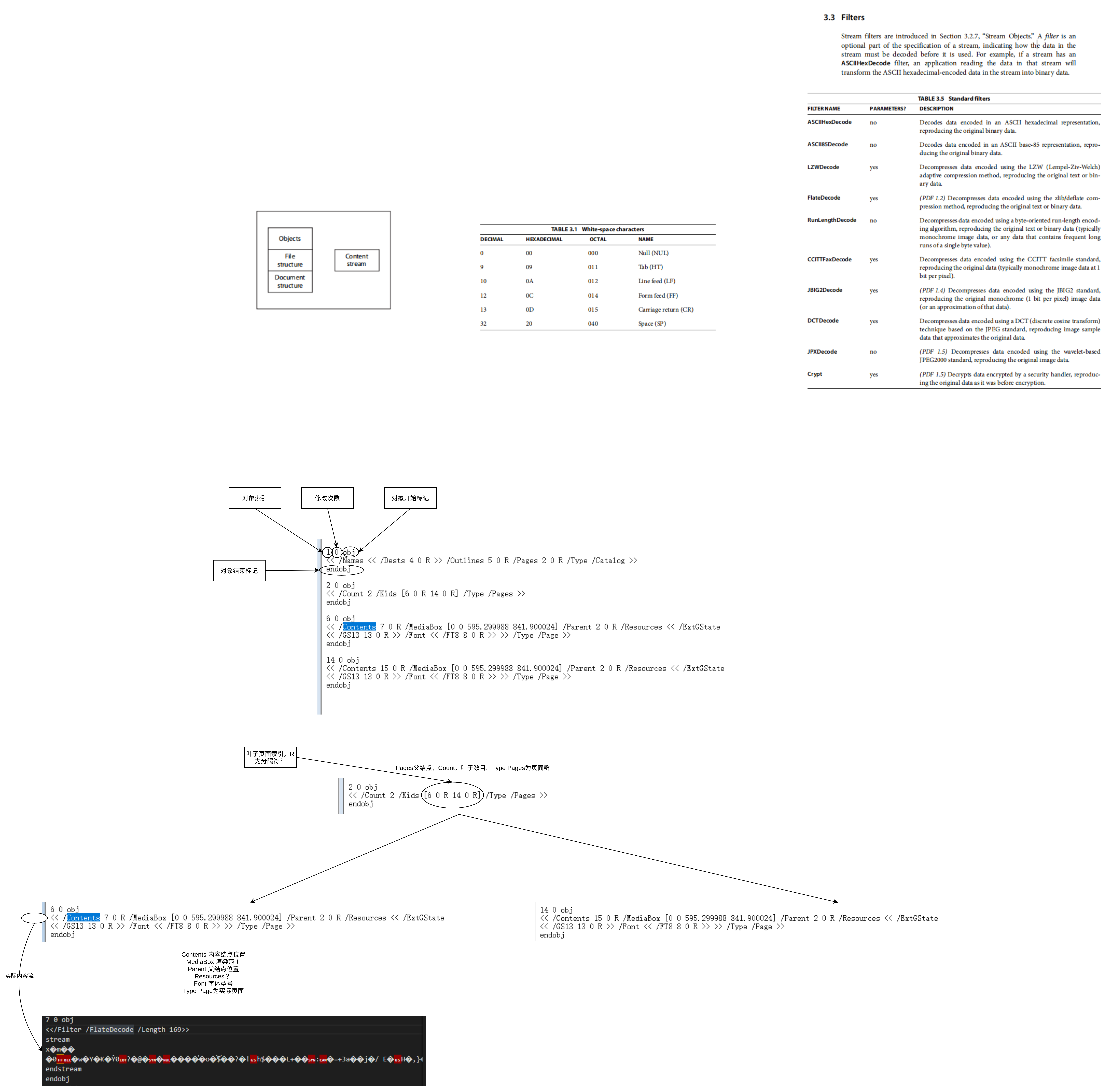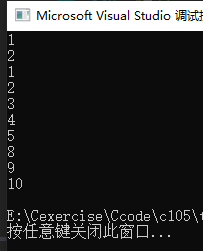当前位置:网站首页>Redis core technology and practice 1 - start with building a simple key value database simplekv
Redis core technology and practice 1 - start with building a simple key value database simplekv
2022-04-23 19:16:00 【Li Siwei】
Data model and operation interface
Start building SimpleKV when , First of all, we should consider what kind of data can be stored in it , What operations can be done on the data , That is, data model and operation interface .
The data model and the operation interface can decide under what circumstances it is suitable to use the key value database constructed by us , Under what circumstances is not suitable for , Instead, you need to use other types of databases .
Data model
The basic data model of key value database is : key-value Model .
Usually key yes String type .
Some key value databases only support vlaue by String type , for example memcached database .
It can also be designed as value All basic data types are supported +String type .
and redis Multiple complex data types are supported : Such as String、 Hashtable 、 list 、 Collection etc. .
Redis It can be widely used in actual business scenarios , It benefits from supporting diversified types of value.
Operation interface
newly added \ to update :PUT( perhaps SET)
obtain :GET
Delete :DELETE
Range :SCAN
Does it already exist :EXISTS
Whether key value pairs are stored in memory or external memory ?
Save in memory , Fast access (ns Level ), There is a risk of power failure and loss
Save in external storage , Power off will not be lost , But the access speed is too slow (ms Level ).
Select according to the application scenario
for example , The data in the cache scenario is required to be accessed quickly, but it is allowed to be lost , At this time, the key value data is saved in memory .
Memcached and Redis Are all memory key value databases .
What access mode is used ?- Access module
One way is to use it for external applications through function library calls , such as , Link to our own program in the form of dynamic link library .
You can also use the network framework to Socket Provide key value pair operation in the form of communication .
Network framework access mode
The mode of providing access services through the network framework , The application scenario of key value database is expanded , But it also gives the performance of key value database 、 The design of the operation model brings some potential problems : How to design a suitable network I\O Model ?
The so-called network I\O, In the network framework access mode , How to handle user access : How to handle network connection 、 What protocol is used to resolve network requests 、 How to handle data access ? Whether to use single thread or multi thread or multi process ? Different networks I\O The model has different effects on the performance and scalability of key value database .
If you use a thread, you have to deal with both network connections 、 Request parsing , And complete data access , So once a certain operation is blocked 、 The whole user access will be blocked , This reduces the system response speed .
If we use different threads to handle different operations , So when a thread is blocked , Other threads can still run normally . But when multiple threads access the same resource , There will be competition again , It also affects efficiency .
Redis Using a single threaded network I\O Model , And did it “ Single thread 、 High performance ”.
How to locate key value pairs - Index module
When the user request is parsed , The key value database needs to find out whether the key value pair requested by the user exists , This depends on the index module of the database .
The function of the index is , Let the key value database according to key find value Storage location , And then perform the operation .
There are many types of indexes , The common ones are hash tables 、B+ Trees 、 Dictionary tree, etc .
Different index types consume space 、 performance 、 Concurrency control has different characteristics .
Some key value databases use jump tables to store key-value Yes , and redis and memcached Are all hash tables .
Send the user requested key-value Write or delete - Storage module
When the user calls PUT When the command operates on data , Need to be for key-value Allocate memory space for data
When the user calls DELETE When the command operates on data , Need to put key-value Free up the occupied memory space
Memory allocator
SimpleKV Simple glibc As a memory allocator .
But for Redis Come on , Because of its value Support various complex data types , Therefore, the size of key value pairs varies ,glibc When dealing with random size memory block allocation , Not so good . Once the saved key value is too large for the data , There will be a serious memory fragmentation problem .
Redis A variety of optional memory allocators are provided , Users can choose according to the application scenario .
How to provide services quickly after restart - Persistence
There are two persistence schemes :
Every time PUT perhaps DELETE when , Drop disk while writing memory ( Call the file interface to write the file ). Will result in very low efficiency
Periodically drop the data to the disk according to a certain frequency , Every once in a while, all the PUT perhaps DELETE Write the data to the file , In this case, it is possible to lose
版权声明
本文为[Li Siwei]所创,转载请带上原文链接,感谢
https://yzsam.com/2022/04/202204210600380964.html
边栏推荐
猜你喜欢
![[报告] Microsoft :Application of deep learning methods in speech enhancement](/img/29/2d2addd826359fdb0920e06ebedd29.png)
[报告] Microsoft :Application of deep learning methods in speech enhancement

剑指 Offer II 116. 省份数量-空间复杂度O(n),时间复杂度O(n)

Client interns of a large factory share their experience face to face

Oracle配置st_geometry

RuntimeError: Providing a bool or integral fill value without setting the optional `dtype` or `out`

Pdf reference learning notes

Audio signal processing and coding - 2.5.3 the discrete cosine transform
![[record] typeerror: this getOptions is not a function](/img/c9/0d92891b6beec3d6085bd3da516f00.png)
[record] typeerror: this getOptions is not a function

Network protocol: SCTP flow control transmission protocol

【C语言进阶11——字符和字符串函数及其模拟实现(2))】
随机推荐
openlayers 5.0 加载arcgis server 切片服务
Android Development: the client obtains the latest value in the database in real time and displays it on the interface
Use of fluent custom fonts and pictures
I just want to leave a note for myself
Encyclopedia of professional terms and abbreviations in communication engineering
Codeforces Round #784 (Div. 4)
Class loading process of JVM
腾讯云GPU最佳实践-使用jupyter pycharm远程开发训练
Thoughts on the optimization of examination papers in the examination system
Zlib realizes streaming decompression
Using 8266 as serial port debugging tool
在渤海期货办理开户安全吗。
Common processing of point cloud dataset
Esp01s with Arduino development environment
Minesweeping II of souI instance
All table queries and comment description queries of SQL Server
Keysight has chosen what equipment to buy for you
SQL server requires to query the information of all employees with surname 'Wang'
FTP、ssh远程访问及控制
Customize the non slidable viewpage and how to use it